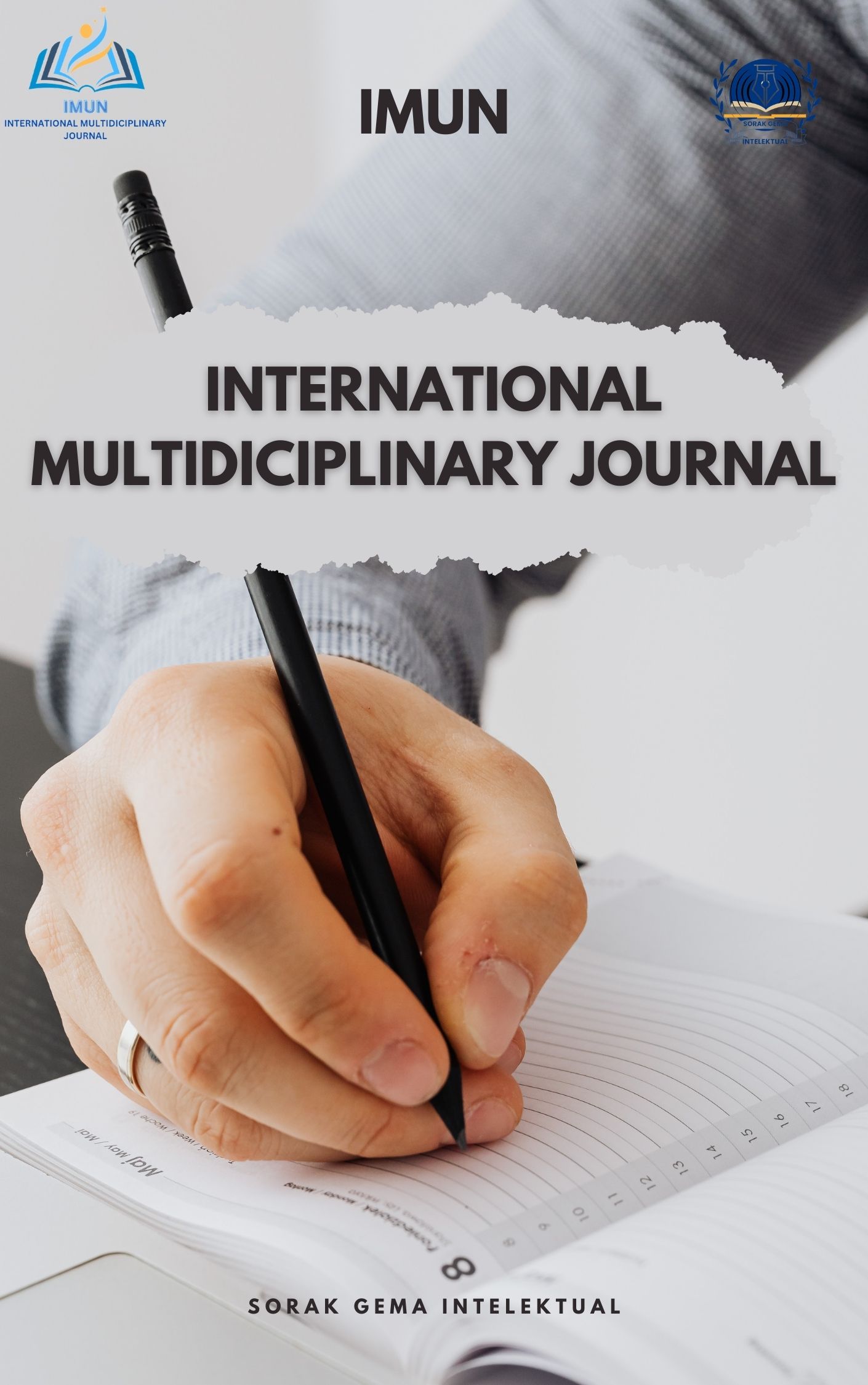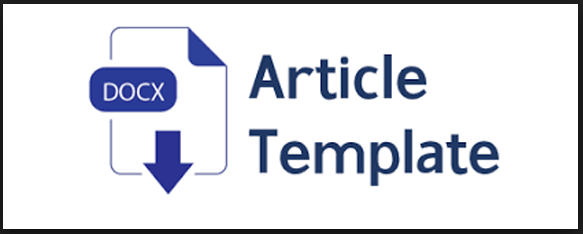Assessing Seventh Grade Students' Proficiency in Utilizing Simple Past Tense and Past Continuous Tense: A Study at SMP Panti Budaya
Keywords:
Ability, Simple Past Tense, Past Continuous TenseAbstract
The objectives of this research are to describe the ability of the seventh-grade students of SMP SMP Panti Budaya in using simple past tense and past continuous tense and to find out the percentage of mistakes they make in using simple past tense and past continuous tense. The population of this research was the seventh-grade students, with 30 students were taken as a sample. The instrument of collecting data was try out test and real test. The result showed that their ability in using simple past tense was 31.84% and past continuous tense was 62.53%. It means the ability the seventh-grade students of SMP Panti Budaya are in the low category to use simple past tense and in the moderate category to use past continuous tense. The most mistakes made by the students based on the result of the thesis with the total incorrect answer were 355. The result showed that the percentage mistake made by students using the Simple Past Tense was 68% and Past Continuous Tense was 32%. The writer also found that the level of the seventh-grade students of SMP Panti Budaya belong to low category, with the percentage 2 (6.67%) in high category, 13 (43.33%) in moderate category and 15 (50%) belong to low category. Thus, the students are suggested to study more the lesson of simple past tense and past continuous tense to do assignment well.
Downloads
Published
Issue
Section
License
Copyright (c) 2024 Dyan Wulan Sari HS, Mikael Sinaga (Author)

This work is licensed under a Creative Commons Attribution 4.0 International License.
You are free to:
Share — copy and redistribute the material in any medium or format for any purpose, even commercially.
Adapt — remix, transform, and build upon the material for any purpose, even commercially.
The licensor cannot revoke these freedoms as long as you follow the license terms.
Under the following terms:
Attribution — You must give appropriate credit , provide a link to the license, and indicate if changes were made . You may do so in any reasonable manner, but not in any way that suggests the licensor endorses you or your use.
No additional restrictions — You may not apply legal terms or technological measures that legally restrict others from doing anything the license permits.
Notices:
You do not have to comply with the license for elements of the material in the public domain or where your use is permitted by an applicable exception or limitation .
No warranties are given. The license may not give you all of the permissions necessary for your intended use. For example, other rights such as publicity, privacy, or moral rights may limit how you use the material.



